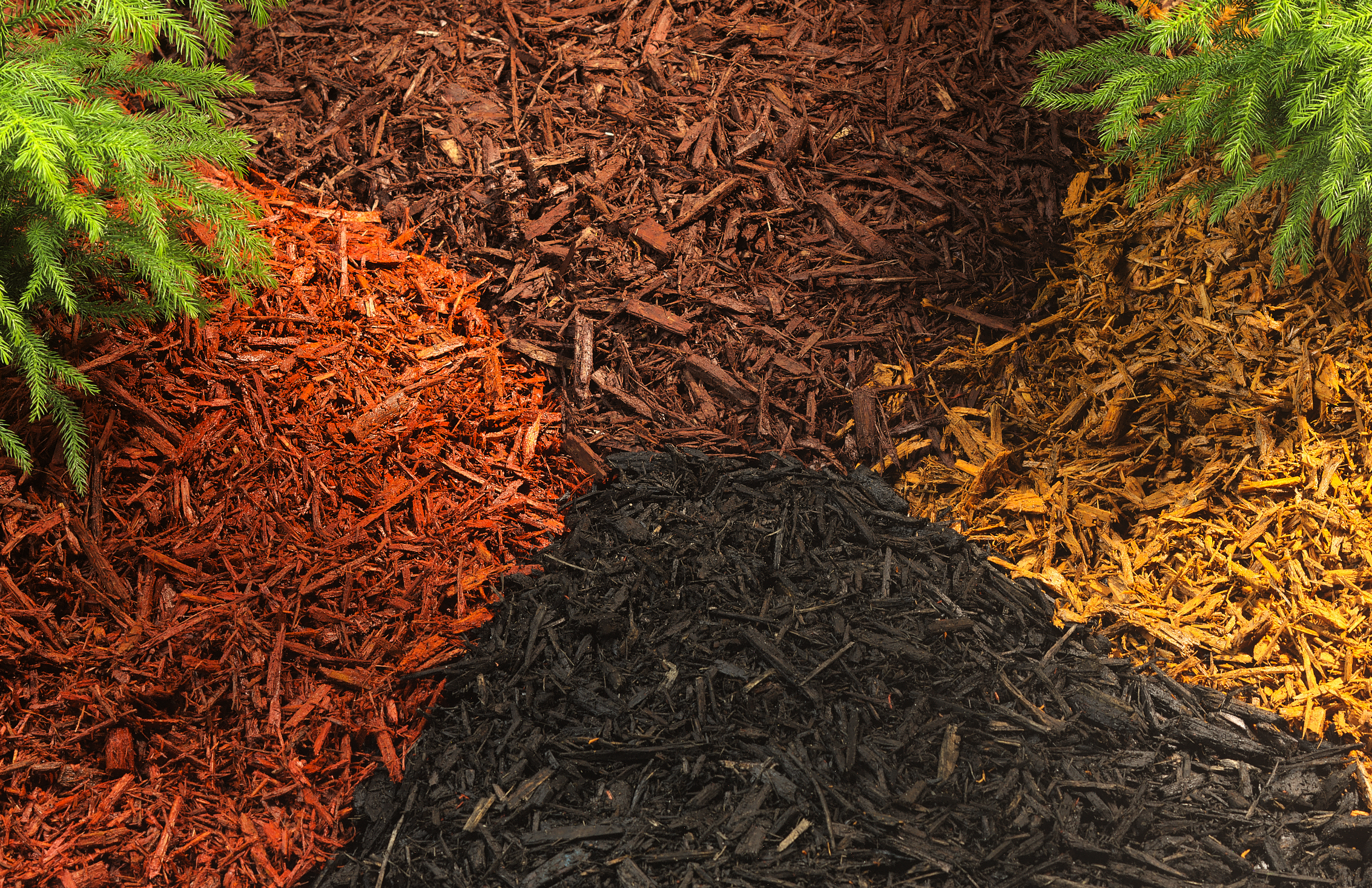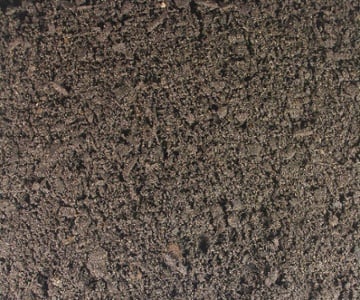If you want to simply chop down a tree and hoist it up in your living room? Go ahead. However, if you're the type of person who can't help but wonder why there is a prickly green triangle in your living room, then keep reading. If spewing random facts about random things is your jam, then keep reading. Hopefully this blog will fulfill all your curiosity about Christmas trees and how they are grown, why they smell the way they do, and what varieties of conifers are best.
Tree Farms
The Christmas tree industry has turned into a full fledged form of agriculture. Up until the 1940's, most people would cut down their own tree from the wild in a nearby forest. Now, 98% of all Christmas trees are purchased from a tree farm. These farms used be located on marginal land but with a higher demand for quality trees, these farms are becoming more sophisticated and moving to more desirable land.
Each variety of tree requires specific soil conditions and growing conditions to thrive. Like any other plant, the acidic levels, soil composition, and drainage all play a factor in how well the tree will grow. Pine trees prefer a sandy soil while spruce and fir prefer a clay soil. Where certain types of trees are grown on a farm will depend on the landscape as well as the state and region as a whole.

A typical tree will take 5-7 years to grow before it is mature enough to be sold as a Christmas tree. While these trees are growing, they may require fertilizer, pesticide, pruning and shearing to maintain the classic Christmas tree shape. Nobody wants a Charlie Brown tree.
Smells So Good
There is no denying that recognizable aroma of a conifer that reminds everyone of the holidays. The smell may range from sharp, sweet, to citrus but always refreshing. Where does this smell come from? Is it the needles or is it the bark? Terpene is the chemical compound responsible for the distinct outdoorsy aroma. These terpenes are made of different molecules that give off that pine scent or citrus scent depending on the type of tree. Terpenes are found in conifer resin (sap of the tree).

The Best Tree
Determining which type of tree makes the best Christmas tree is a bit of a trick question. Color, shape, sturdiness, scent, and longevity are all factors that need to be considered. If you like to hang a ton of ornaments on a big tree, sturdiness and shape might be more important than scent and color.
Finding The Perfect Christmas Tree
Most Popular: Fraser Fir, Douglas Fir, Balsam Fir
Low Fragrance: White Pine, Blue Spruce
Sturdy: Fraser Fir, Blue Spruce, White Spruce
Minnesota State Tree: Norway Spruce




